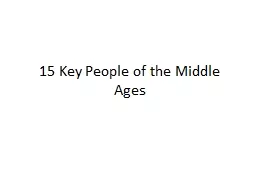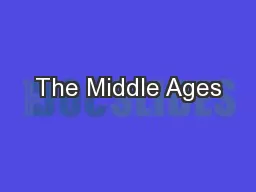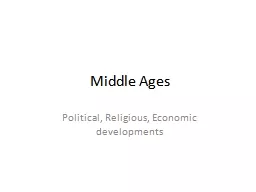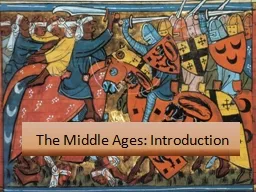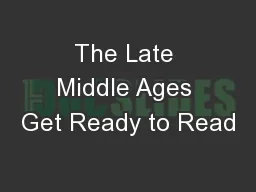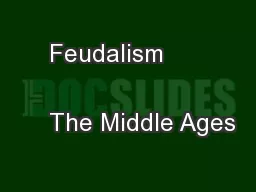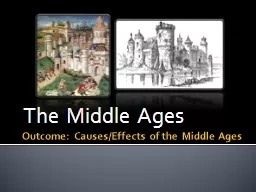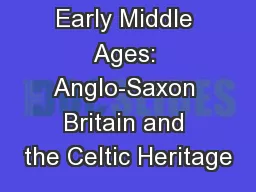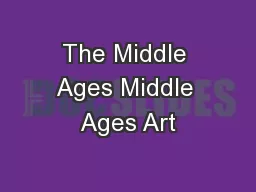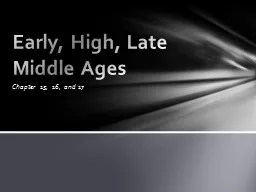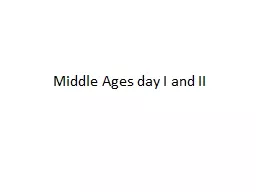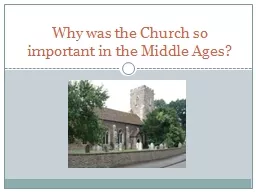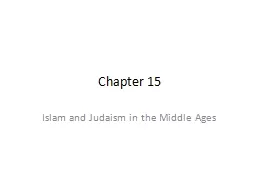PPT-15 Key People of the Middle Ages
Author : danika-pritchard | Published Date : 2018-10-13
Joan of Arc French Peasant who lived from 14121431 Grew up when France was largely under the power of the English The French people had no representation no king
Presentation Embed Code
Download Presentation
Download Presentation The PPT/PDF document "15 Key People of the Middle Ages" is the property of its rightful owner. Permission is granted to download and print the materials on this website for personal, non-commercial use only, and to display it on your personal computer provided you do not modify the materials and that you retain all copyright notices contained in the materials. By downloading content from our website, you accept the terms of this agreement.
15 Key People of the Middle Ages: Transcript
Download Rules Of Document
"15 Key People of the Middle Ages"The content belongs to its owner. You may download and print it for personal use, without modification, and keep all copyright notices. By downloading, you agree to these terms.
Related Documents

